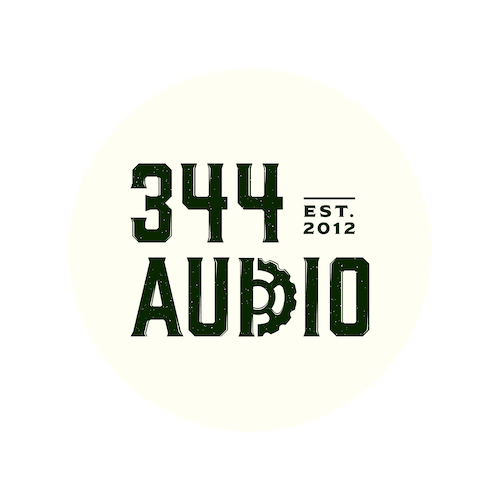


Over the past 3 decades Japanese animation or "Anime" has steadily gained prominence outside of Asia, and now is growing into one of the most popular entertainment genres.
Whilst Anime shares many similarities with western animation, there are many differences, as you would expect from an art form that originates from a different culture.
In this article, we will look at what gives anime sound effects there trademark aesthetic and how you can replicate these sounds in your own work.
Anime tends to focus on more "high concept" worlds and themes in its stories. Even in programs with a fairly grounded plot and setting, there is always some element of fantasy, melodrama and heightened reality present.
Because of this, Anime is heavily stylised in many areas of production, and sound design is no exception. Sounds are often quite unrealistic and have a cartoon quality to them. More focus is placed in the aesthetic style of the sound and the feeling it creates, rather than how things sound in reality.
Gunshots are a classic example. Whereas in western productions, and Hollywood in particular, you may expect to find beefy, high fidelity gun sounds with an emphasis on realism, anime gunshots are more highly stylised and make use of more synthetic layers, even if the weapon itself appears to be "normal".
Other examples include heavy swishes and whooshes to enhance a punch, or over the top sword "shing" effects to draw attention to the hero.
A common feature of anime sound effects is that they often have a synthetic quality to them, even if its the sound of something fairly ordinary. This goes back to the days when sound effects libraries were limited so audio teams made use of the synthesizer equipment they had access to.
For a classic anime punch effect, try layering punch or impact sound effects with a synthesized element to help them pop and give them that satisfying punchiness that is so characteristic of anime sound effects. Synthesised kick drums, toms or other percussion work especially well for this kind of thing.
Modular and FM synthesis is also really great for designing machinery, weapon or sci-fi effects, as they can produce a wide range of metallic tones and colours. These effects are further enhanced through the use of rind modulation, and pitch modulation.
Here we can observe the use of synthetic elements to enhance to gunshots in Sword Art Online.
Much of the "classic" anime sound comes from the shows of the 80s and 90s. Sound effects whether organic or synthetic in their origins were recorded onto tape, which naturally gives sounds its own distinctive tone and colour as a result of tape saturation.
If you have the means, try recording sounds on to tape before running them into your DAW. Experiment with different parameters such as the playback speed, or vary the strength of the signal being written on to tape.
For those of us working in the purely digital realm, you can also achieve a similar sound through the use of tape emulation plugins, or by applying EQ and filters which mimic the properties of analogue gear and tape recording.
Tape emulation plugins:
Waves Kramer tape
https://www.waves.com/plugins/kramer-master-tape#eddie-kramer-on-the-kramer-master-tape
PSP Vintage Warmer 2 http://www.pspaudioware.com/plugins/dynamic_processors/psp_vintagewarmer2/
FabFilter Saturn 2 https://www.fabfilter.com/products/saturn-2-multiband-distortion-saturation-plug-in

Anime embraces what western audiences tend to perceive as cliché sound effects, with
cheesy bell sounds, mickey mouse effects, humorous tones for embarrassment and heavy slapstick moments all being commonplace in anime sound design.
Anime also presents a turbocharged version of "cuteness" that is often emphasised through sound effects such as bubbles popping, melodic and bouncy synth tones and fizzing effects.
Try and break out of the western mindset, and don't be afraid to try ideas that you think are overdone or are too cliché. It might be the perfect ingredient to give that classic Anime sound you are going for.

Because of the nature of the storylines, and the "visual busyness" of each frame, Anime tends to feature a more simple and direct use of sound effects.
The audience is already flooded with visual information, so to avoid overloading the audience anime sound design typically emphasises specific moments on screen, as opposed to covering everything which would be the natural inclination in the west.
Anime production is also notoriously rushed and often working with very limited budgets. Often sound designers simply don't have the time to record foley and therefore rely on an extensive bank of tried and tested sound effects.
We hope you enjoyed checking out this article!

344 Audio is an Audio Post Production Company in Manchester.
If you enjoyed this post, discover our Ultimate Guide to Audio Post-Production.
Curious to hear our work? Listen to our portfolio.
Keen to learn more about Foley? Explore our Creative Foley Workshop.
Eager to learn more about Audio Post and Sound Design? Explore our Audio Post Essentials Course.
We also have Pro Tools templates and sound effects available for purchase.